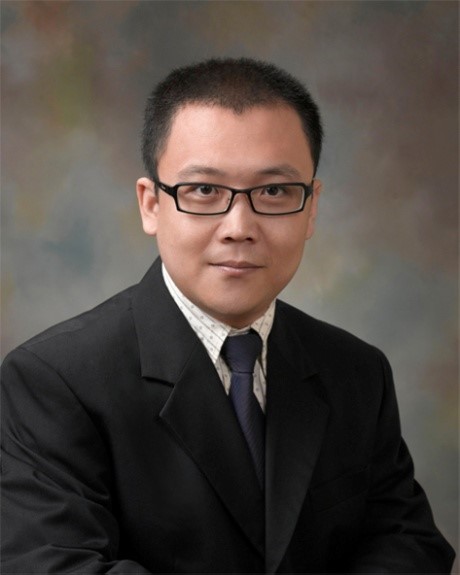5月15日学术报告:Surface-Engineered Plasmonic Nanostructures for Diagnostic and Therapeutic Applications
报告人: Associate Professor Hongwei Duan(段宏伟)新加坡南洋理工大学
时间: 2019年5月15日(星期三)下午14:30-18:00
地点:福州大学,阳光科技大厦,二楼会议室
主办单位:食品安全与生物分析教育部重点实验室

个人简介:Hongwei Duan (段宏伟) is an associate professor in the School of Chemical and Biomedical Engineering at Nanyang Technological University (NTU). He received his B.S in applied chemistry and M.S. degree in polymer chemistry and physics from Fudan University, and completed his PhD thesis at Max Planck Institute of Colloids and Interfaces in 2005. Before joining NTU in 2009, he had his postdoctoral training at the Department of Biomedical Engineering at Emory University and Georgia Institute of Technology. His current research focuses on understanding surface/interface properties of micro- and nano-structures for tailored optical, electronic, magnetic, and catalytic properties, and exploring their biomedical and environmental applications.
摘要:The optical properties of plasmonic nanomaterials, originating from localized surface plasmon resonance (LSPR), are of tremendous potential across many disciplines spanning chemistry, materials science, photonics, and medicine. The development of plasmonic nanostructures with precisely controlled spectroscopic properties and/or multifunctional characteristics is key to their use in diverse applications. In particular, tailored LSPR of plasmonic nanostructures allows for spatially confining photons at sub-wavelength scales and controlling light-molecule interactions at specific wavelengths. Excited LSPR dissipates energy of incident light by the combination of Mie scattering and absorption-mediated thermal conversion, making plasmonic nanostructures compelling photoabsorbers and imaging agents. This talk summarizes our recent work in developing tailored plasmonic nanostructures and well-defined assemblies that were not easily accessible by traditional colloidal chemistry. We have shown that our strategies based on the use of reactive polymers offers new opportunities in addressing some fundamental challenges in surface enhanced spectroscopy, diagnostic microfluidic biochips, and photothermal therapy.